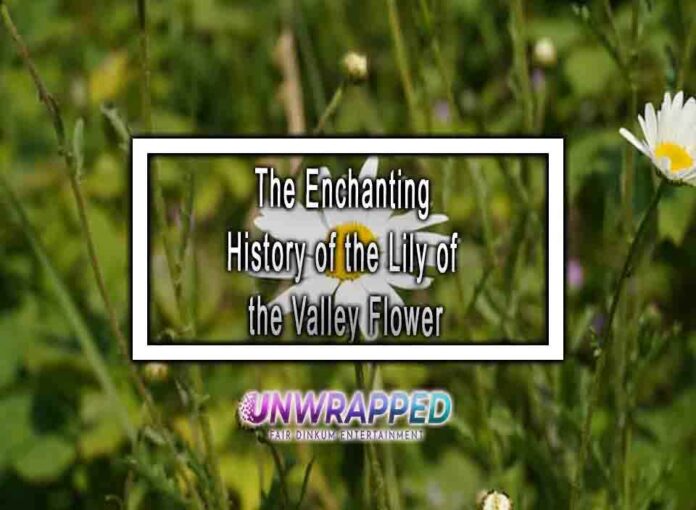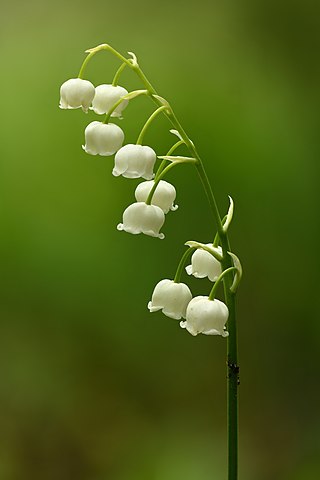The Lily of the Valley (Convallaria majalis) is a delicate and fragrant flower that has captivated hearts for centuries. Its enchanting history is rich with cultural, religious, and literary symbolism. Here’s a journey through the history of the Lily of the Valley:
1. Ancient Roots:
- Greek and Roman Mythology: The Lily of the Valley has roots in Greek and Roman mythology. It is believed to have sprung from the blood of the beautiful but ill-fated Hyacinthus, transforming into a flower after his death.

Stacked from 69 images
2. Christian Symbolism:
- The Virgin Mary: In Christian symbolism, the Lily of the Valley is often associated with the Virgin Mary. Its pure white blooms are said to represent her purity and humility.
3. Medieval Gardens:
- Monastic Gardens: The Lily of the Valley gained popularity in medieval monastic gardens, cultivated for its beauty and symbolic significance.
4. Renaissance and Victorian Eras:
- Floral Language: In the Renaissance and Victorian eras, flowers were often used to convey sentiments that couldn’t be expressed openly. The Lily of the Valley became associated with sweetness, humility, and the return of happiness.
5. Royal Connections:
- French Royalty: The Lily of the Valley is strongly associated with France and was a favorite flower of King Louis VII. It became a symbol of good luck and happiness during the May Day celebrations.
6. May Day Tradition:
- Muguet du Bois: In France, May Day (May 1st) is celebrated by giving loved ones bouquets of Lily of the Valley, known as “Muguet du Bois.” This tradition dates back to the Renaissance and is said to bring good luck and happiness.
7. Literary References:
- Literary Works: The Lily of the Valley is often mentioned in literature, including works by Shakespeare, where it symbolizes a return to happiness and the renewal of love.
8. Cultural Significance:
- Weddings: The Lily of the Valley is a popular choice for bridal bouquets, symbolizing purity and the return of happiness.
- Birth Flower: It is the birth flower for the month of May.
9. Gardening and Folklore:
- Cultural Folklore: In some cultures, the Lily of the Valley is believed to bring luck and protect against evil spirits.
- Gardening Traditions: It is a favorite in shady gardens and is known for its sweet fragrance and ability to spread and naturalize.
10. Modern Uses:
- Perfumery: The sweet scent of Lily of the Valley is used in perfumery, capturing the essence of spring.
- Culinary Uses: While all parts of the plant are toxic, the flowers are occasionally used for decorative purposes in culinary arts.
The Lily of the Valley’s enchanting history is a tapestry woven with myth, symbolism, and cultural traditions. Its timeless beauty and sweet fragrance continue to make it a beloved flower in gardens and celebrations around the world.











